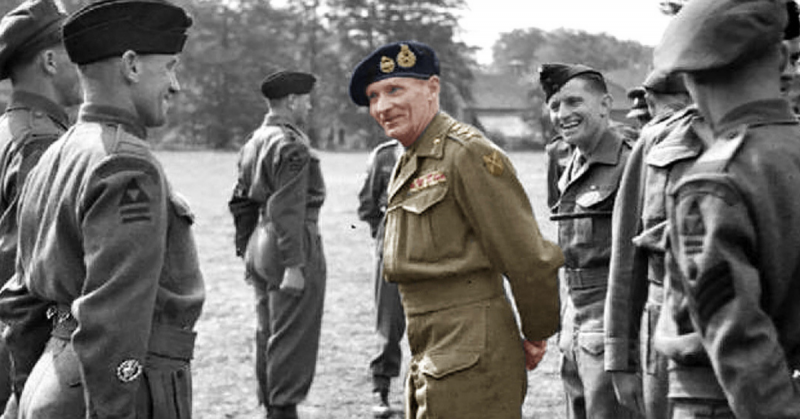In terms of operational complexity, the June 6, 1944 D-Day invasion ranks as one of the most demanding ever undertaken. In one day, 160,000 soldiers traversed the English Channel with support provided by hundreds of warships and planes.
The 21st Army Group, consisting of all the Allied ground forces that would engage in Operation Overlord, was under the direct command of British General Bernard Montgomery, and under the overall control of the Supreme Allied Commander, American General Dwight D. Eisenhower.
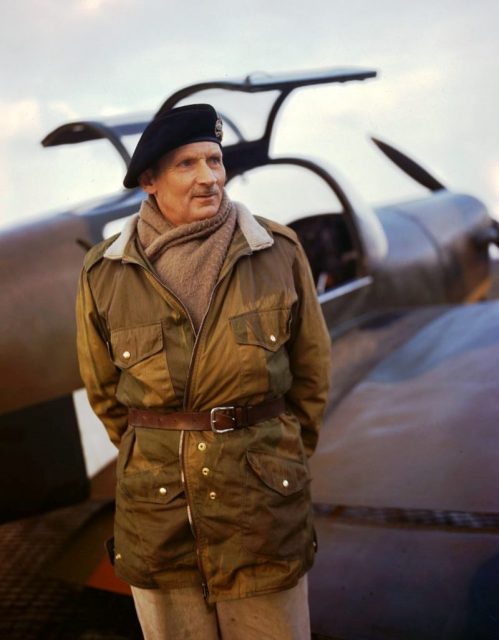
Montgomery’s battle plan for that historic day fits on a single sheet of paper. Written in pencil, it has “Most Secret” written at the top while the bottom provides the general operational ethic – that the key to success would be simplicity.
The space between those two points includes general lists and operational delineations into sections and lists, including details such as the special armored vehicles put into use by the first soldiers to reach the shore. The Imperial War Museum commemorated the 72nd anniversary of D-Day by releasing this document.
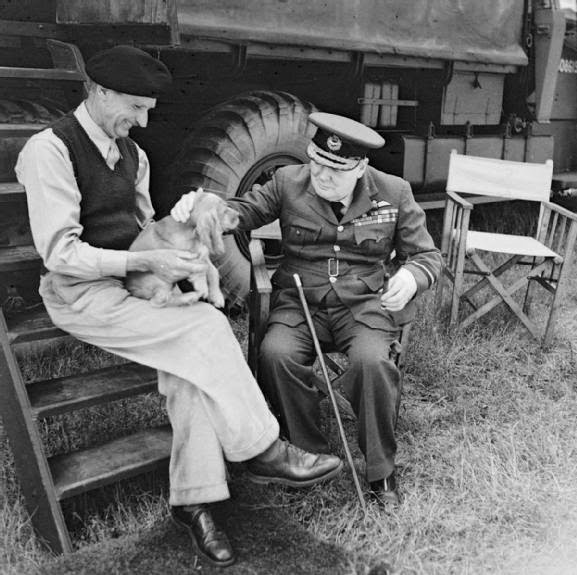
Also included in the release was a handwritten draft of a speech that General Montgomery gave to the troops. It was intended to be read out loud by officers to their subordinates prior to the operation. Alan Moorehead, a journalist, heard Montgomery speak after every troop inspection.
Moorehead saw how, for hundreds of yards all around Montgomery, row upon row of upturned faces peered up at the orator. They crossed their legs on the grass like children, keeping utterly still in order to not miss a single word. This was their day and they were not going to let their brothers down.
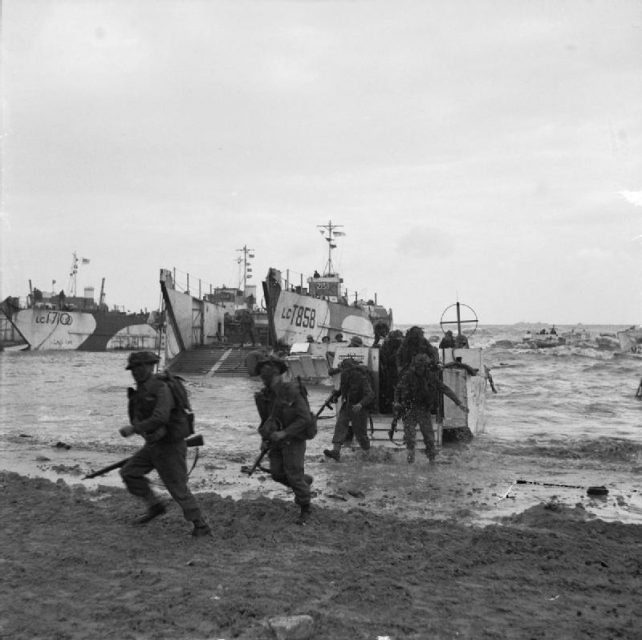
Through his officers, General Montgomery indicated the respect and trust he had for his men, and a fervent desire that this respect and trust be reciprocated. This was only the beginning. He requested resilience on behalf of his soldiers, despite their long arduous ordeal, making a note of their previous successes in pushing the Germans back into the sea at Africa, at Tunisia, and at Sicily. He even added a touch of humor to ease the tension with some laughter.
“The newspapers keep calling it the Second Front,” Montgomery said. “I don’t know why they call it the Second Front. I myself have been fighting the Germans on a number of fronts, and I expect a good few of you have too. They should call it Front Number Six or Front Number Seven. As long as they don’t want us to fight on Front Number Thirteen.”
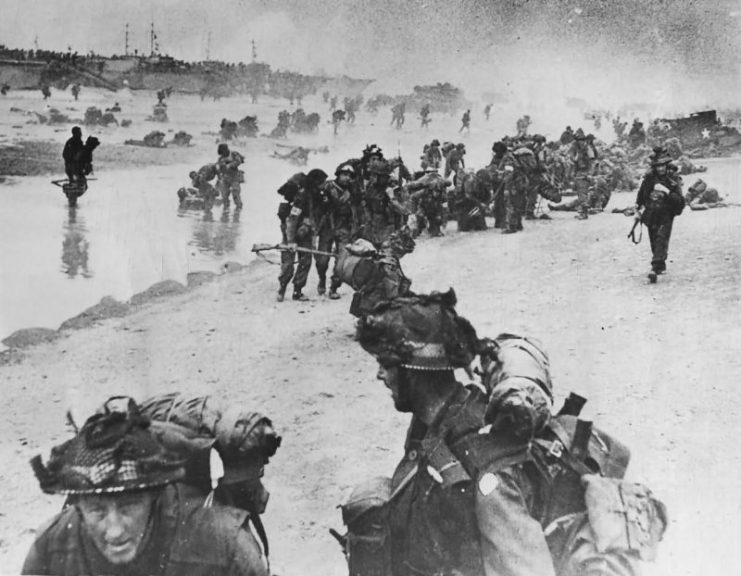
By this time, the tension had drained away from his soldiers. “Monty” wasn’t like the rest of the officers, aloof and unrealistic. He didn’t play the cock-and-bull game, going on about courage and liberty when all his men wanted to do was get it over with so they could go home to their wives and families. He understood that.
But he also understood humility, and praised the fighting qualities of the German soldiers and how they should not be underestimated. But his own soldiers, in his estimation, were made of sterner, stronger stuff and he had no doubt that they together would see this war to its completion.
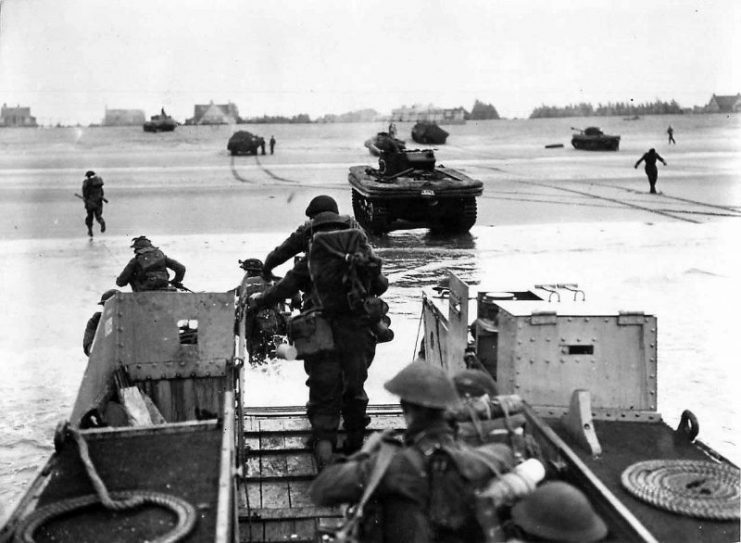
According to Anthony Richards, the head of documents and sound at the museum, the official nature of Montgomery’s writings developed the basis by which historians study the operations in which he was involved. Now with these releases, the opportunity has been granted for people to see the man himself through his personal documents.
Read another story from us: Operation Goodwood – Good, Bad and Ugly for Montgomery
This draft of his speech displays his wish to foster a direct relationship with the men in his command, and to inspire them to the great deeds required to win the war.
